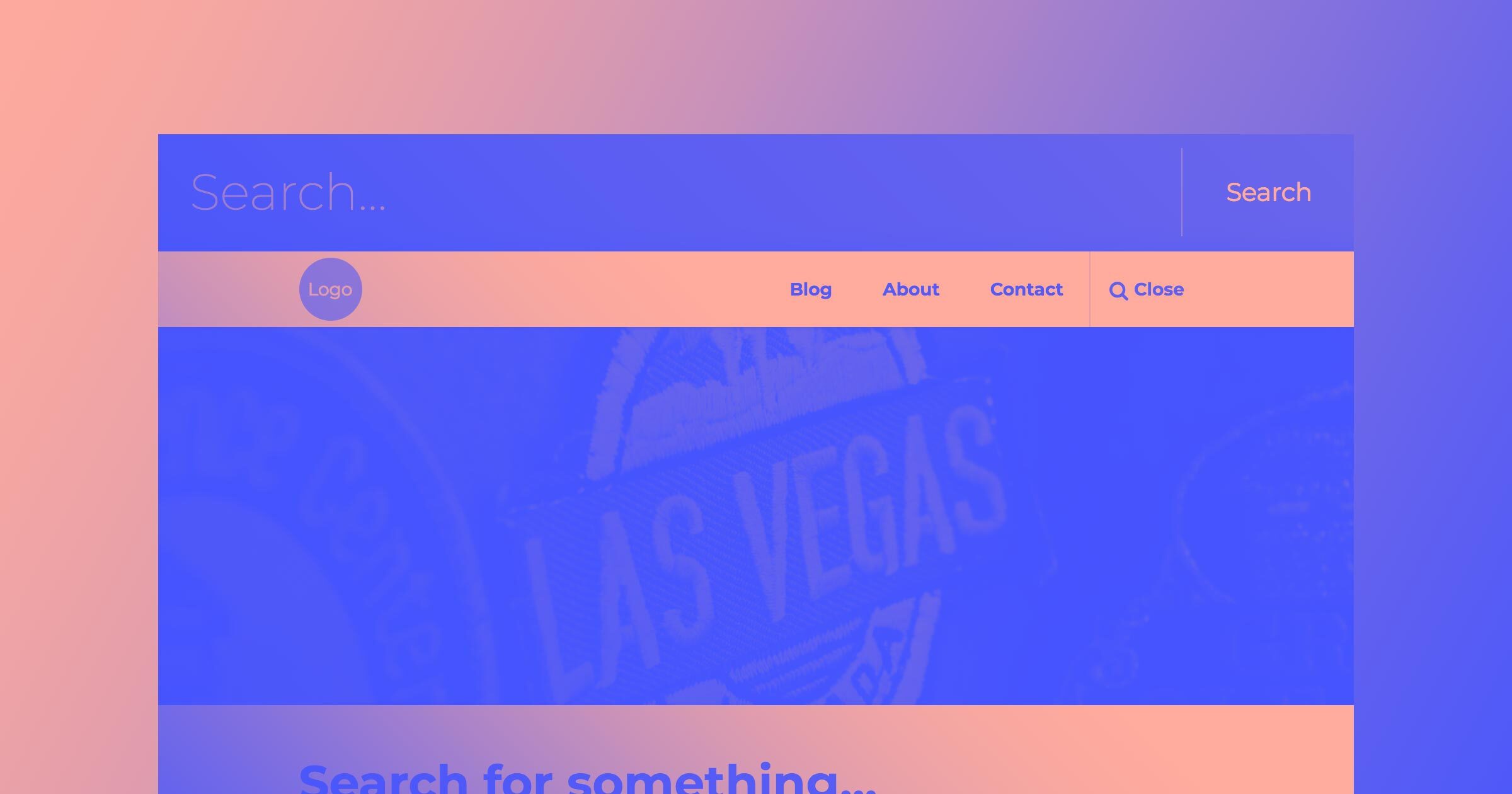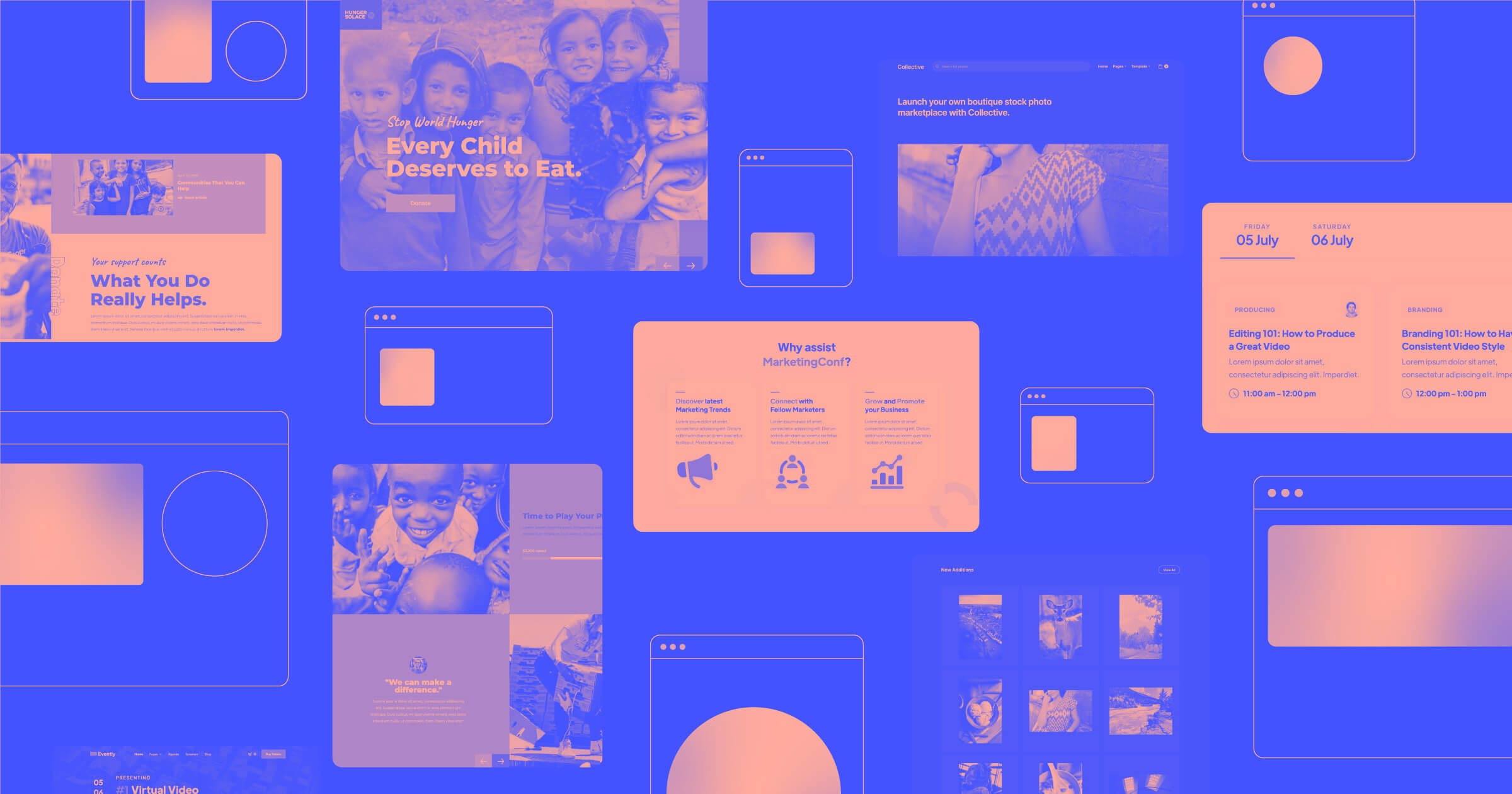Our radically candid guide to website monetization. Learn which strategies work and which don’t in 2024.
Can you earn a good income from your new website? The answer is a definite “yes.” But it takes a lot of hard work.
At Webflow, we like to be radically candid about everything we do. And website monetization is the type of topic that requires maximum transparency.
As blogging and influencer marketing become professions instead of hobbies, it’s easy to assume that making money on the internet is simple. You can just create a blog, choose one of the frequently recommended monetization strategies, and watch your bank balance go up.
Technically, that’s true.
Around 68% of bloggers make less than $5,000 per year, but most new bloggers will quit before they see those first dollars roll in.
That’s because creating a website is easy. But maintaining it means a lot of unpaid hours before monetization starts to work.
However, if you power through that initial stage, build up your audience, publish new content regularly, find your target audience on social media and bring them onto your email list — and do all of the above month over month — you have a good chance of success.
Website monetization pays off
Blogging has become a serious business.
And like any venture, it can net you some cash. As Financial Samurai, an investment banker turned professional blogger, noted: “Nobody leaves a $750,000 a year job to blog full time unless there wasn’t incredible financial upside as well.”
Michelle Gardner, of Making Sense of Cents, says she consistently earns 6 figures per month blogging about finance and has earned over $5 million since starting her blog.
Woah.
And BuzzFeed generated over $300 million in total revenue in 2018 from a mix of sponsored deals, pay-per-view advertising, and ecommerce sales.
All of those websites took years to build up their readership, credibility, and traffic. And that landed them in the top 1% of earners.
But smaller websites can make a good profit too.
A ConvertKit survey found that established, full-time bloggers generated a mean income of $54,108 per year, with average expenses of $15,895 and profits of $38,016. As of 2025, the food blogging niche has one of the highest median monthly incomes among bloggers — roughly US $9,169/month.
Yes, the money is there for people who work for it. But a website isn't a cash machine running on autopilot. To earn a profit, you’ll need to invest the time (and often money) into:
- Setting up your website
- Creating content for it
- Doing SEO to boost your traffic
- Building an audience on social media
- Growing your email list
- Engaging and cultivating a devoted readership
And only then comes the fun money-making part.
11 ways to monetize a website
This guide won’t teach you how to make loads of moolah in a few clicks, but it can show you how to get tangible ROI from all the work you pour into your website.
Here are 11 proven ways to monetize your website in 2024:
1. Experiment with affiliate marketing
As an affiliate marketer, you earn a commission from every referral you make to another business.
For instance, if you are apart of the Webflow affiliate program, you’ll receive a revenue share from each person who clicks your affiliate link and sets up a paid account.
Book bloggers can earn some extra cash if a reader buys a book through the blog’s affiliate links (often through Amazon). If you buy a jacket recommended by a fashion blogger, they might receive a percentage of that sale too. You get the picture.
Seems simple, right?
But here’s an important caveat: To succeed with affiliate marketing without damaging your integrity and reputation, you need to:
- Properly disclose any affiliate links or relationships you have (no one likes a sleazy pitch)
- Recommend products and services your audience cares about
- Don’t go on a frenzy of promoting anything and everything (without testing the product or at least checking its reviews)
Keeping all of the above in mind, let’s take a look at the different types of quality content you can create to earn a good commission.
Product reviews
As many as 78% of customers trust online reviews as much as personal recommendations. And loads of us browse reviews before making a purchase. As an affiliate, you can fill in that information gap and publish reviews of the products you’ve tried and liked.
Tom’s Guide specializes in reviewing consumer tech and has earned a strong reputation for detailed, unbiased reviews (that do contain affiliate links).
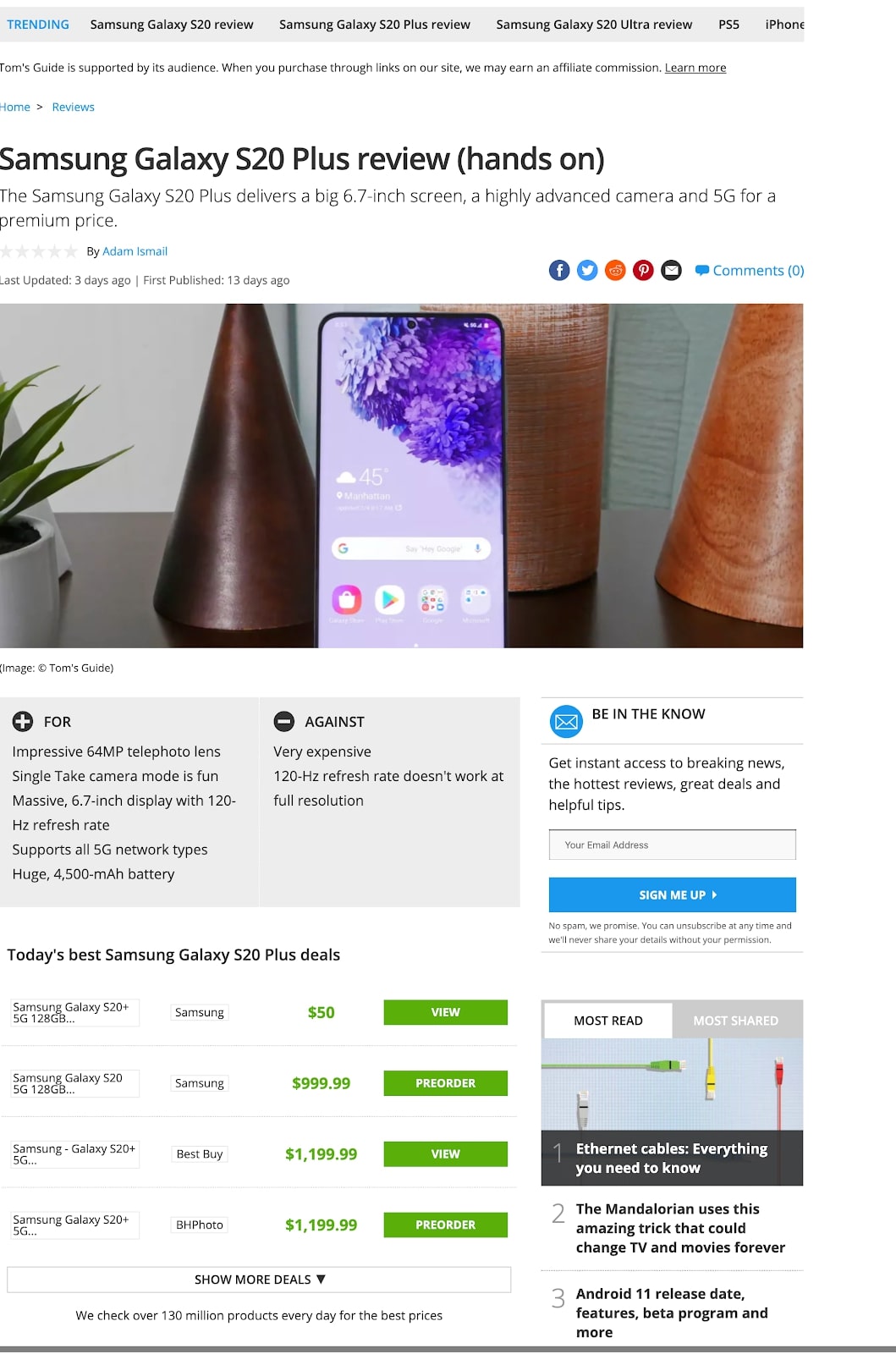
Tutorials
You can deliver tons of value to your audience, and pitch a product at the same time, by creating a tutorial around it.
This type of affiliate marketing content works best for recommending:
- Software and online tools
- Beauty and makeup
- Kitchen appliances
- Hobby-related products
WebsiteSetup created a +10,000 word guide explaining all the nuts and bolts of setting up a WordPress website for beginners. Nick Schäferhoff provides a detailed step-by-step walkthrough and recommends a host of free and paid (affiliated) tools along the way. Now imagine doing this, but for Webflow. The average blog post in 2025 is about 1,333 words, and although producing in-depth content demands more time, it correlates with higher traffic and reader engagement.
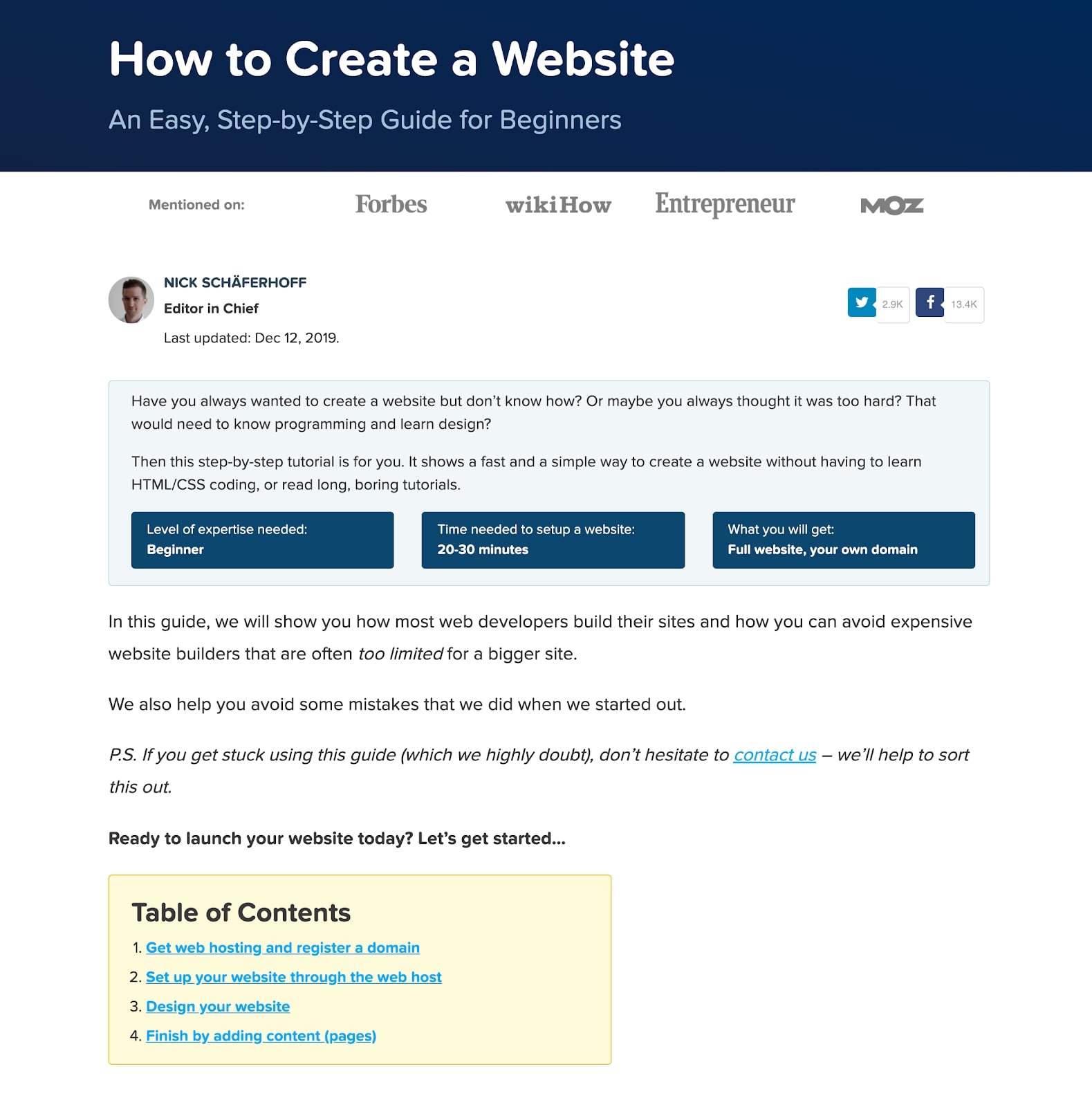
Recommended tools and resources
Create a dedicated page on your website where you list all your favorite tools, apps, books, and anything else you genuinely enjoy. Include affiliate links when relevant and say your readers can support you by purchasing from the affiliate links.
For example, on my website, I list my favorite books (can vouch for every one of them!). Smart Blogger recommends different blogging tools their team swears by.
Or take Jan Losert for example, who became a top Webflow affiliate in 3 months by creating UI kits for Webflow users.
2. Create and sell a product (digital or physical)
Selling a digital product is an excellent monetization method if you’re short on time because it doesn’t require continuous content creation work (like blog posts do). You create the product, then invest time in promoting it to your audience and new readers.
Physical product sales require a bit more attention. But you can delegate inventory management, fulfillment, and shipping to a third-party provider and focus on customer service and marketing above everything else.
Let’s take a closer look at the types of products you can create and sell.
Ebooks and audiobooks
Pack your expertise into an actionable guide and attach a price tag to it. Yes, you’ll need to put in a ton of work beforehand and:
- Become an expert in something
- Sit down and type those words
- Transcribe them to audio (optional)
- Design a cover
- Prep a marketing campaign
But once you are done with all those steps, you can sit back and earn some passive income from your books. Mridu Khullar Relph from The International Freelancer packed her decades of journalism and content marketing experience into a series of ebooks, retailing for $4.99 each.

Launch an e-course
Online courses are another way to productize your expertise and earn a recurring income whenever you launch or (relaunch) your course.
Marie Forleo and her signature B-School training program is a prime example of how you can earn 8 figures per year by “creating a life you love and teaching others to do so.”

The e-learning market is climbing toward the $325 billion mark, so you won’t be short on students if your e-course is good!
Build and sell an application, plugin, or other software
Use your website as a launchpad for a new software product. Survey your readers to find a problem an app or a plugin could solve. Test a minimum viable product with a small group of beta users. Launch with Webflow to a warmed-up audience.
Sell digital downloadables
If you have some graphic design skills (or resources to hire a designer), put a digital product on sale on your website. Here are some product ideas:
- Templates, checklists, trackers
- Blog graphics
- Stock photo bundles
- Photoshop presets
- Illustrations
- Website themes (including Webflow templates)
- Premium design elements (icons, fonts, etc.)
- Video effects or stock footage
- Audio elements (jingles, brand tunes, etc.)
Sell merch
Add an ecommerce CMS to your website, connect a third-party fulfillment service, and start selling branded merch.
For example, the popular Wait But Why blog has a quirky store featuring tees, toys, posters, and other doohickeys with recurring blog characters like the panic monster.

The best part? You can sell your own products without the headache of logistics and shipping by connecting your store to an on-demand printing platform. Such services take care of product customizations, fulfillment, and logistics.
Some of the popular options are:
- Teespring: on-demand apparel printing
- Spreadshirt: apparel, phone cases, and accessories
- KITE: over 250 product types supported
This monetization strategy works best for creative, personality-driven blogs in the lifestyle niche.
3. Start a paid membership website
Set up a private thematic area on your website and pack it with extra value that justifies the price tag. You can use something like MemberStack to easily bring this functionality to your website.
The most popular types of membership sites include:
- Paid communities featuring private forums, discussion boards, members directory, masterminds, special discounts, and more. Example: Traffic Think Tank
- Education buffets sell access to a bundle of courses, webinars, podcasts, and other educational resources. Example: Game Arts Academy
- Mastermind and accountability groups organize group coaching and mastermind sessions with a small-knit group of students. Example: Mark’d Women
Spinoff idea: Paid job board
Got a lot of industry connections and more freelance work than you can handle?
Create a paid job board or referral group to exchange those jobs with others. That’s how Carol Tice, a veteran freelance writer, monetizes her website.

4. Monetize access to your email list
Do you spend hours meticulously curating your newsletter and creating content for it?
Ask your readers to chip in for the effort. Most will gladly agree because they already know how great your content is.
The Economist (Espresso) has been running a paid newsletter since 2014, and since it’s still up today, we can assume this monetization strategy pays off.
You can use Revue or Substack to set up a paid email newsletter and protect your content from public sharing.
5. Publish sponsored posts and product reviews
Another way to leverage your website audience is to negotiate sponsorship deals with other companies. You can charge for:
- Publishing a post on a relevant topic with a link to the sponsor website (advertorials)
- Reviewing one of the sponsor’s products in your article (sponsored reviews)
- Including their content in your email newsletter (newsletter sponsorship)
- Any bonus promotion on social media
While sponsored content isn’t a scalable website monetization strategy (unless you want to turn your blog into an advertising board), it can yield you some extra cash.
Alexis from Fitnancials says she charges brands $750–$1,500 per post and an extra $100 for social media promotion.
Important: Always properly disclose any advertising relationships you have and mark all such content as “sponsored.” To avoid SEO penalties, add rel="sponsored" or rel="nofollow" attributes to such links per Google recommendations.
6. Gate some of your content
Take a page from news publishers and restrict access to some of your content to premium subscribers. You can place a paywall for some of your longer, deeper, and more researched posts like Mark Manson does.
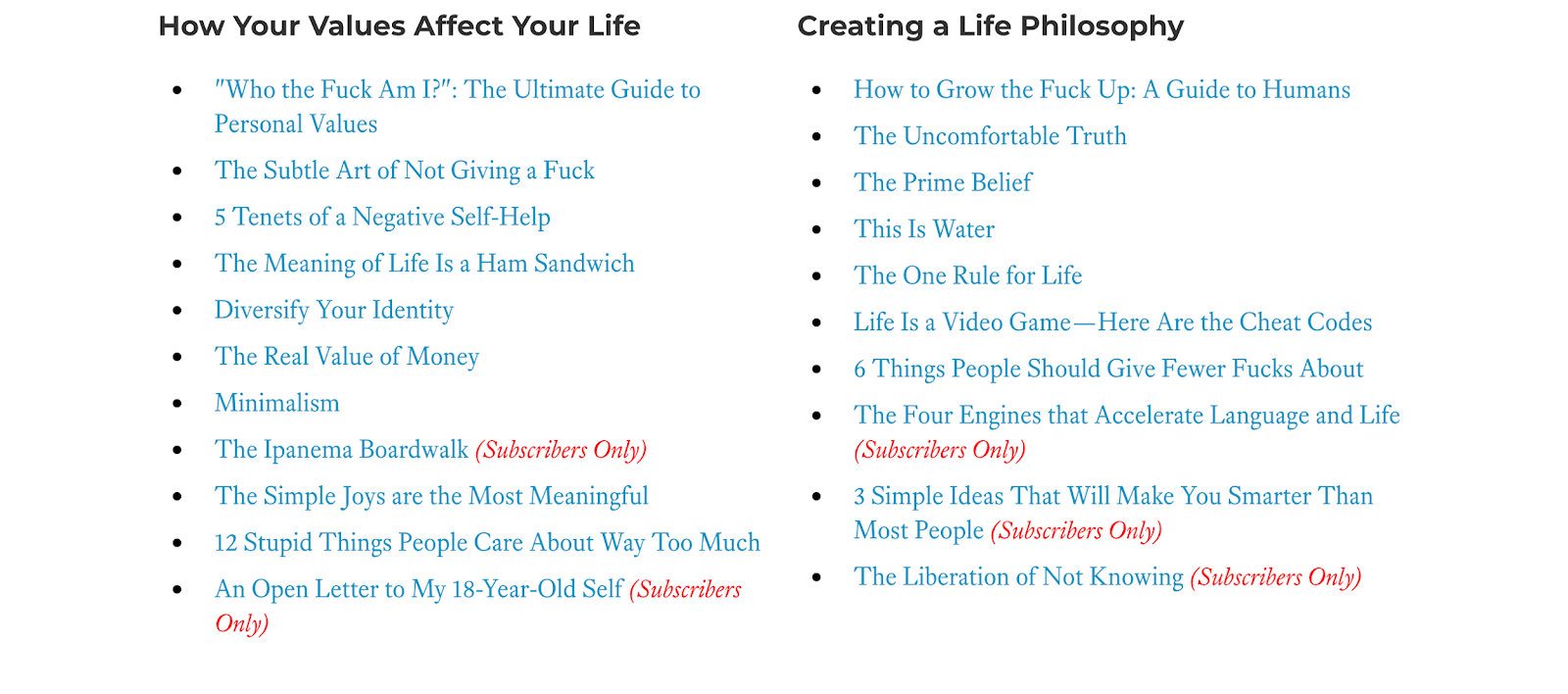
Most of his personal essays are free to read. But if you want to enjoy audio versions of all articles and “new perspectives and poop jokes” (in Mark’s words), you can pay $4 per month for access. Again, you can use MemberStack to bring this functionality to your website.
7. Accept donations
There’s no shame in asking your readers to support you (instead of pestering them with ads). Pro gamers, comics writers, artists, and other creative types will often have a cohort of raving fans ready to donate some cash.
Maria Popova, the author of Brain Pickings, is completely honest with her readers and says: “Every week for more than 13 years, I have been pouring tremendous time, thought, love, and resources into Brain Pickings, which remains free (and ad-free) and is made possible by patronage.” On the sidebar, she has 2 separate donation buttons for recurring sponsorship and one-off donations.
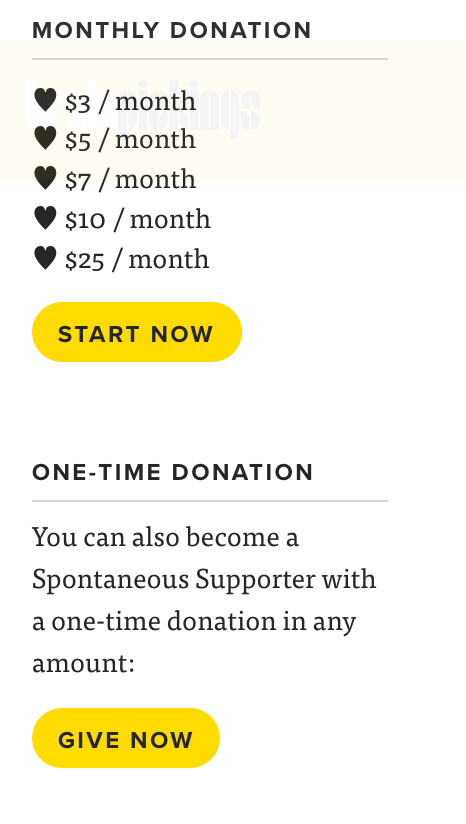
You can accept donations via an on-site PayPal donation form or through a third-party patronage service like Patreon or Buy Me a Coffee.
8. Monetize your expertise
Use your website as a portfolio to promote your skills and services online. Freelancers with personal websites tend to charge 65% more per hour than folks without one.
So set up that Hire Me page! With the freelance economy growing year over year, you won’t stay long without a gig.
Not sure what services to pitch?
Here are some ideas:
- Website design and development (you can pick up this skill in Webflow University)
- App development
- Graphic design
- Virtual assistant services
- Copywriting and content marketing
- Editing and proofreading
- SEO and digital marketing
- Transcriptionist services
- Recruiting and career services
- Any other service you can do remotely
Spinoff idea: Advertise in-person services
Can’t fully deliver your service online? You can still use your website to find clients in your area and pitch other in-person services such as:
- Workshops
- Retreats
- Speaking engagements
- Face-to-face consulting
For example, Smashing Magazine, one of the most established resources on web design and development, runs regular conferences and workshops around the world.
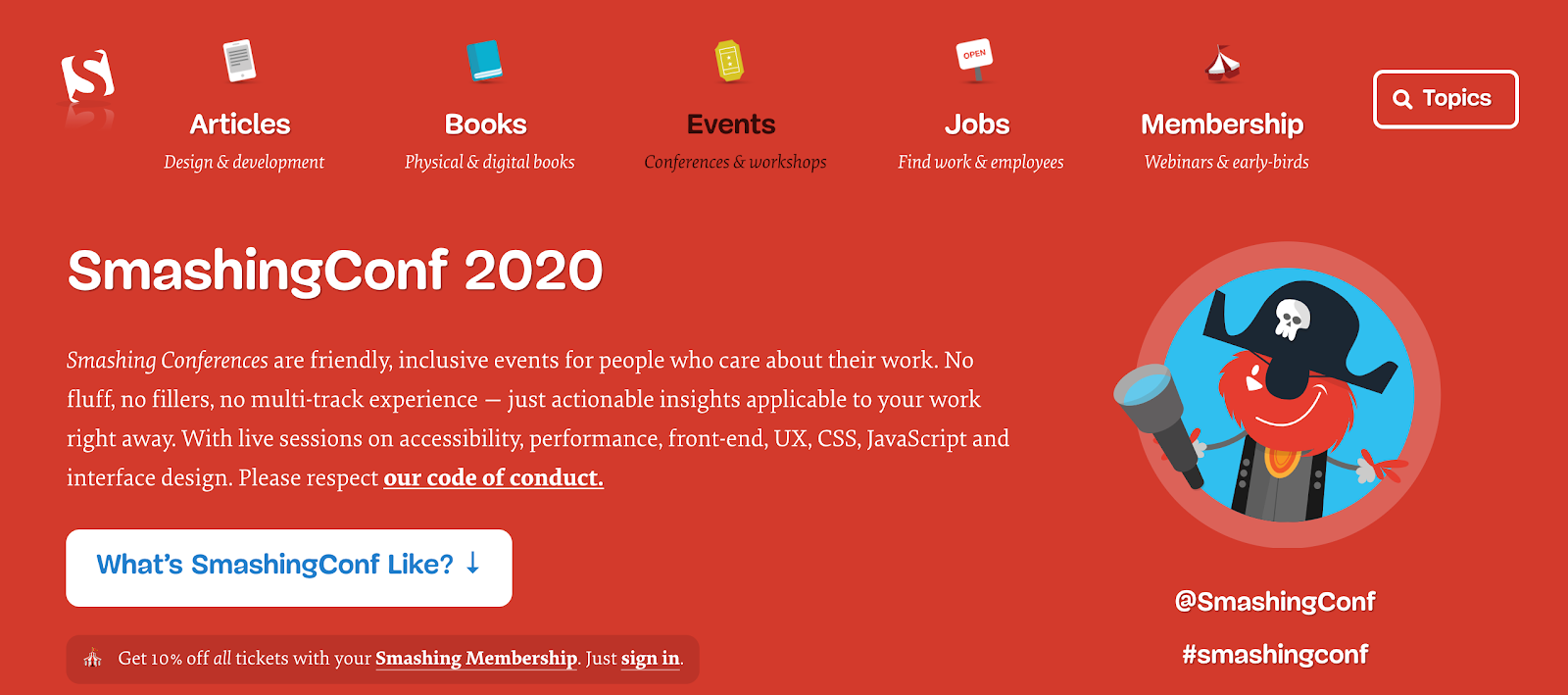
Another spinoff idea: Provide one-on-one coaching sessions
Offer your readers an opportunity to pick your brain and receive proactive mentorship on the thing you are truly best at.
Private coaching is a good alternative to in-person workshops and requires less upfront investment than online courses.
According to Forbes, some of the fastest-growing coaching niches right now are:
- Women empowerment
- Employee engagement and satisfaction
- Chronic illness
- Sexuality
- Sales
But if you are an expert in something else, chances are high someone out there will want to pay for your advice and mentorship.
9. Start a premium certification program
If you are an established authority in your industry and have a strong personal or business brand, you can launch a certification program. Think of it as an advanced training program or e-course with homework, exams, and grading.
Copyblogger has its Authority program (soon to be Digital Commerce Academy) for content marketers and writers. Joanna Weibe from Copyhackers runs a Copy School for conversion copywriters.
Both blogs (and the people behind them) have undeniable credibility within their industry, which gives their programs a stamp of approval.
10. Set up a dropshipping store
Inventory management, fulfillment, and shipping are the 3 least exciting aspects of ecommerce. Dropshipping is a fulfillment method that eliminates these.
As a dropshipper, you don’t keep any stock. Your supplier does. And they ensure that everything is packaged with care and shipped to the customer on time while you are working hard to keep those orders coming.
According to Niche Pursuits, as a solo business owner, you can make $1,000 to $5,000 per month if you put in the work. That is:
- Set up a nice ecommerce storefront
- Find reliable suppliers
- Invest in pay-per-click ads to promote your products
- Provide good customer service
- Look into other ways of growing your store traffic
If you get tired of running the dropshipping store, you can easily sell it to someone else for 20–30 times your monthly revenue. Speaking of selling ...
11. Flip websites
If you’re good at building websites, you can make a good living by selling them for an attractive price to others. Affiliate, membership, ecommerce, and dropshipping sites usually go for the highest price. But you can also flip personal blogs, news sites, or any other “digital estate” that you own.
Your website valuation will depend on several factors:
- Niche
- Monetization model
- Monthly revenue to expenses ratio
- Amount of traffic
- SEO metrics
- Conversion rates
- Social media follower count
According to Greg Elfrink from Empire Flippers, you can expect to make 20-50 times of your monthly revenue for a well-maintained, growing website.



















Get started for free
Create custom, scalable websites — without writing code. Start building in Webflow.
4 website monetization strategies to drop in 2024
Between content creation, email marketing, and maintenance, it's easy to opt for a seemingly simple monetization strategy like display ads over a more complex one (e-course creation).
But if you ever want to earn a full-time income from your website, don't waste your time on the next 4 strategies.
1. Display ads
With a huge variety of ad networks out there, it’s easy to think that blog ads can make you some good money.
Spoiler: They don’t.
While it’s easy to place some banners on your blog, you won’t earn much from them.
Here’s why:
- 25% of internet users use ad blocking software, meaning they don’t see your ads.
- To earn $100,000 with Google AdSense, you need to have approximately 20,000 daily website visitors (plus 25% more to make up for those using ad blockers).
- Most people have mixed feelings about online ads.
According to Vieo Design, a whopping 91% of people find today's ads more intrusive than 2–3 years ago. And 79% feel that retargeting ads are getting too obnoxious and creepy.
The bottom line: Ads don't add value to your blog.
On the contrary, they undermine your brand and alienate some readers. At the same time, the ROI from them is too low for most bloggers to even bother.
2. Selling links
Sponsored posts, when properly disclosed, won’t mess up your search engine rankings. But explicitly stating that you’ll "include a do-follow link to your website for a price" is a surefire way to receive a penalty.
On numerous occasions, the Google Web Spam team has warned bloggers against selling backlinks or participating in any other link schemes.
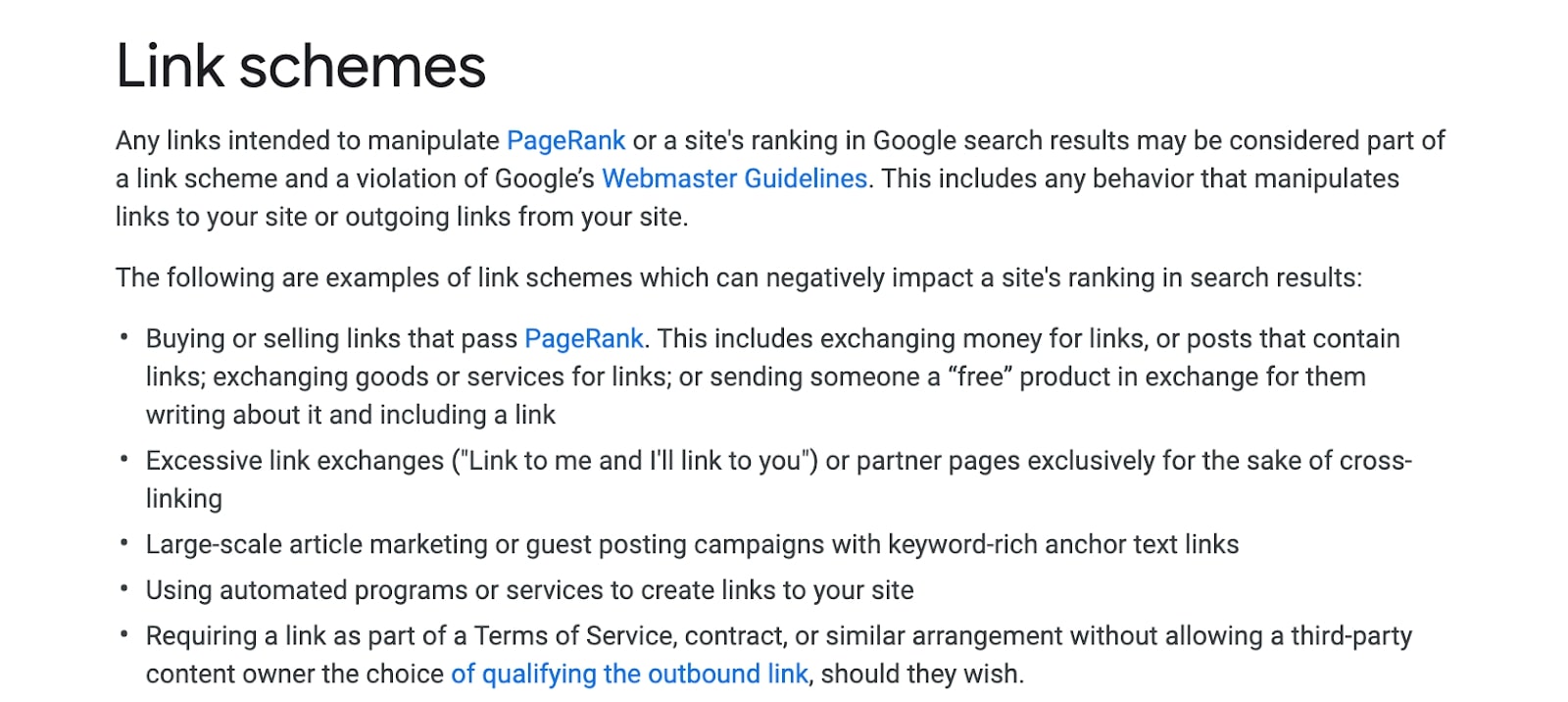
So if someone approaches you with such an offer, pass on it.
3. Infolinks
Infolinks often gets mentioned as one of the popular ways to monetize your blog — in posts from the early 2000s.
Back in the day, this was a popular in-text advertising network that paid cash for displaying mildly relevant ads whenever a user clicked on the link.
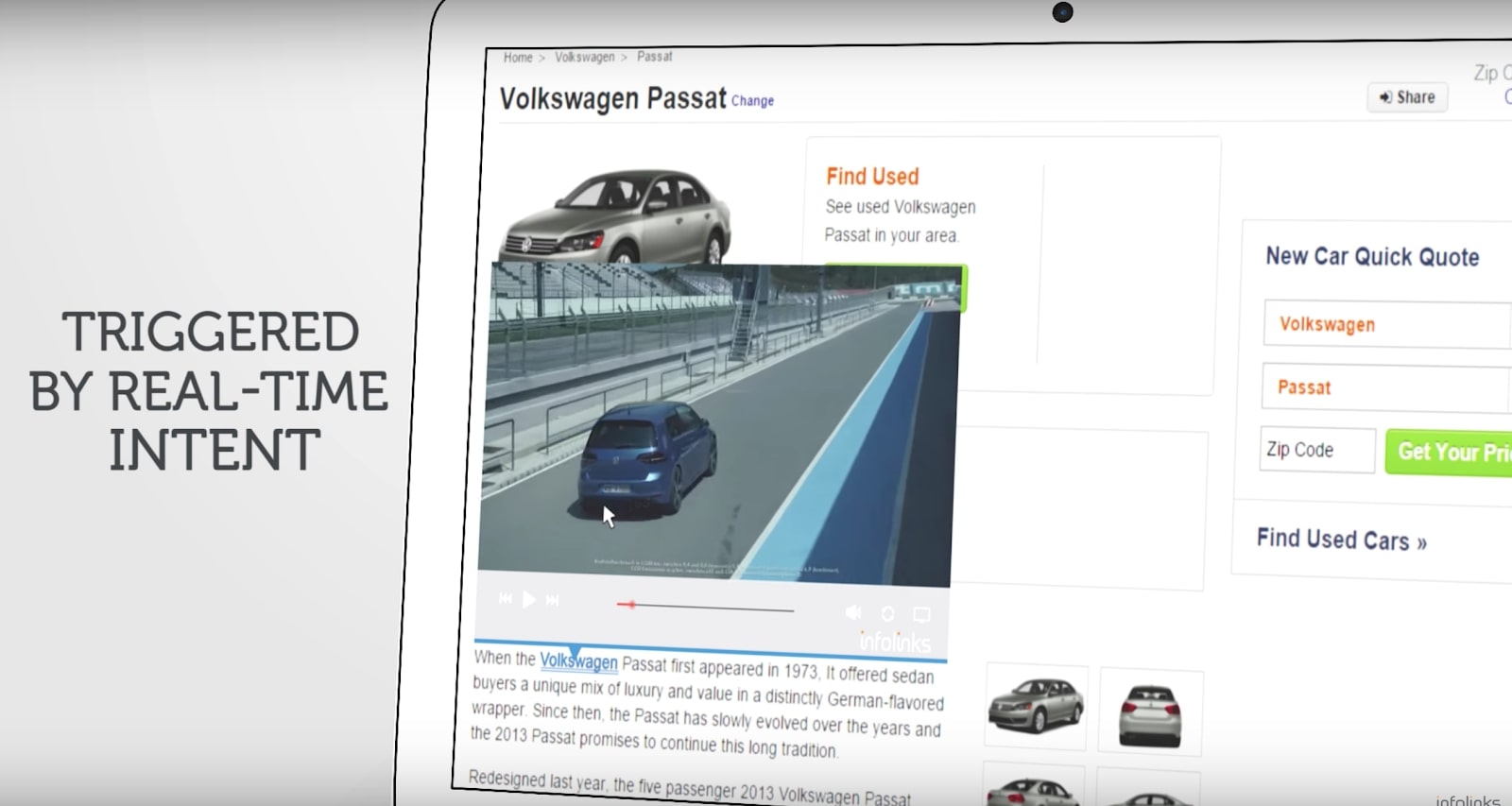
Infolinks just doesn’t work today, and it’s not worth monetizing your website with it.
4. RSS feed ads
RSS feed ads are another old-school monetization method that should be retired by now.
There are only a few people who read RSS feeds these days (or maintain one on their blog). Apart from making your website look cluttered, these ads may not make a real impact.
Audience comes first, monetization second
Your website audience is your most valuable asset.
None of the monetization strategies mentioned in this post will work unless you invest the time in growing your readership and establishing your reputation online.
Build an attractive, user-friendly website first. Take the time to figure out your niche, publish several dozen value-packed blog posts, and set up a newsletter. Engage with your early readers by answering their comments, emails, and messages on social media. Build a rapport with your readership and then look into one of the monetization strategies on this list.
Do you need to apply every strategy listed? Nope.
You can earn good money by using just one method. But you can also add more income streams to your mix and see how your audience responds to them.
For example, as a freelancer, you can first use your website to sell your services. Then you can launch a personal coaching offering to diversify your income. Next, you can repackage your coaching services into an online course or invite your coaching clients to a freelance retreat. Somewhere in between, you can create a product (for instance, a contract template) or monetize your newsletter.
Experiment with different approaches. Scale what's working. Ditch what's not. That's how you turn your website into a money-making machine.

Get started for free
Create custom, scalable websites — without writing code. Start building in Webflow.









